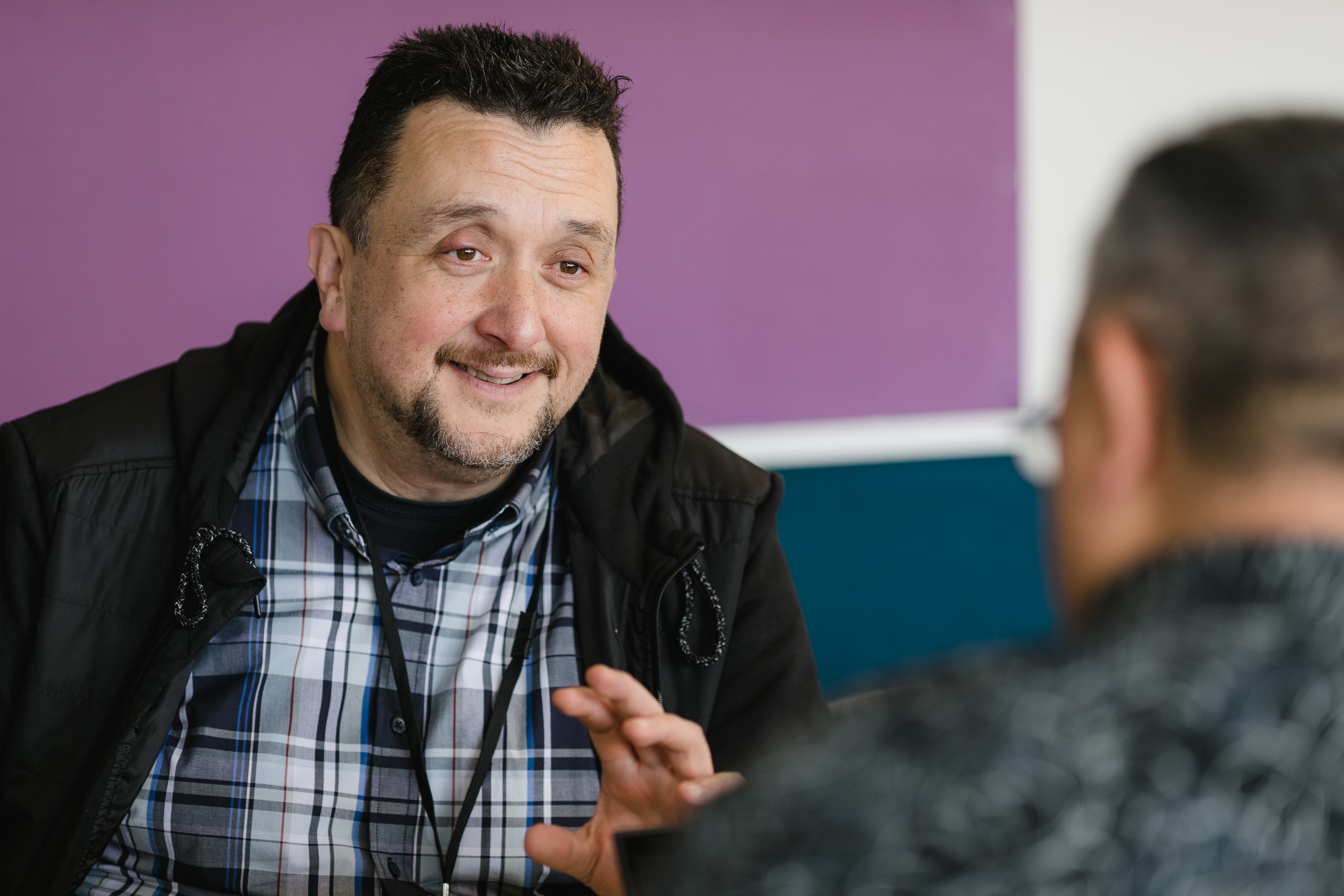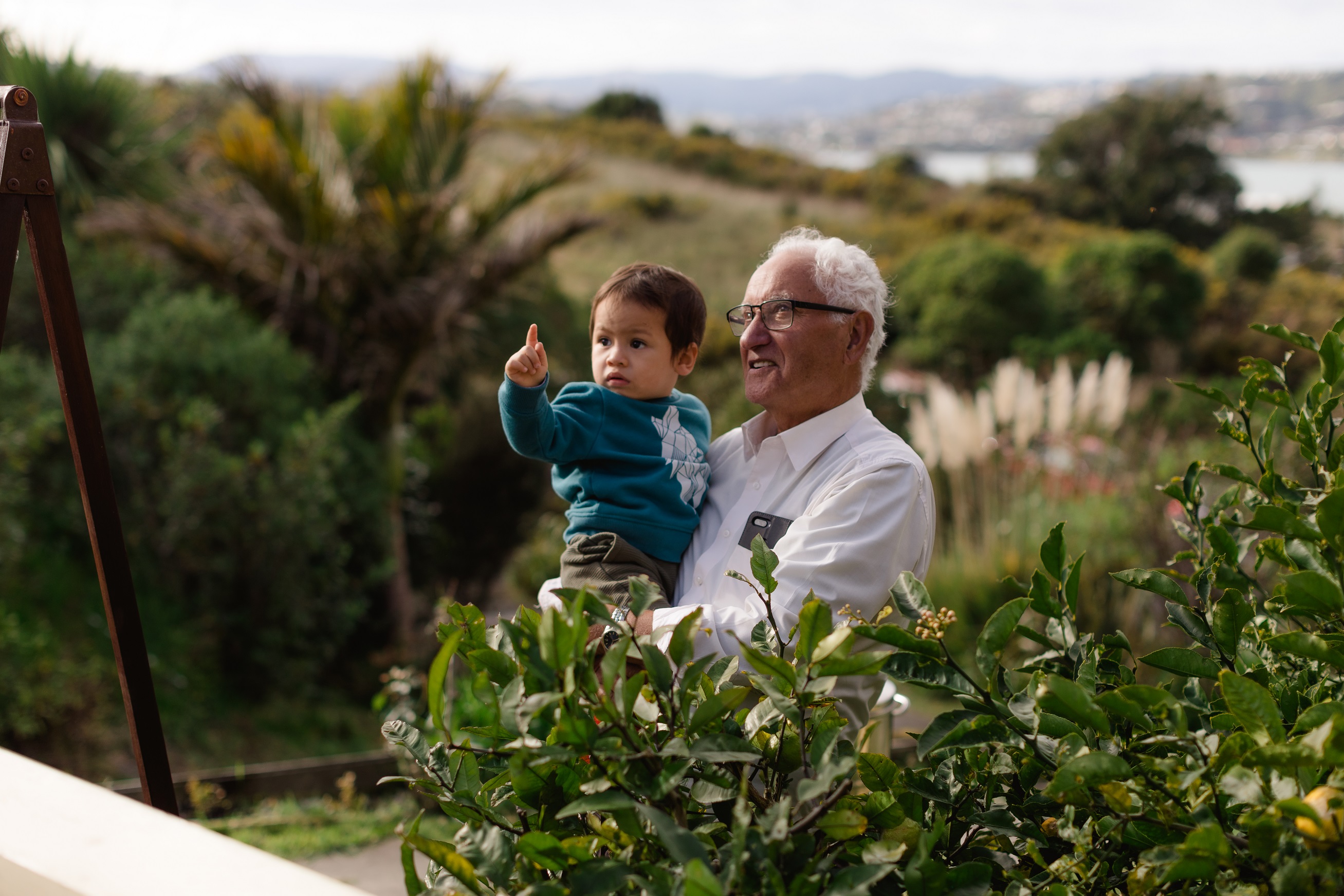Safety checking
As part of the Children’s Act, people who work with tamariki in Aotearoa must undergo regular safety checks. The Act defines who this applies to and what is required.

What are the safety checking regulations?
On 1 Hurae 2015 safety checking regulations for the children’s workforce came into force.
The regulations require all paid people who work with tamariki for government-funded organisations to be safety checked, and to have these safety checks updated every 3 years. This also applies to unpaid tāngata working with tamariki as part of an educational or vocational training course.
The safety checking regulations make it easier to identify the small number of people who are a risk to tamariki.
Employers are accountable for ensuring safety checks are done, even if someone is doing it on their behalf. This is about more than checking criminal histories. It involves a careful process of information gathering and assessment that includes confirming identity, interviews, checking referees, and considering risk.
Children’s (Requirements for Safety Checks of Children’s Workers) Regulations 2015
Who has to be safety checked and when
The new safety checking regulations apply to organisations that receive government money to provide regulated services to tamariki. These organisations will need to safety check anyone they pay to work with tamariki. Roughly 280,000 people meet this definition, including roles for schools, early childhood services, school pahi services, public hospitals, medical practices belonging to primary health organisations, publicly funded providers of social or support services, and providers of services approved under legislation to work with tamariki.
Who doesn't have to be safety checked?
The requirements don’t apply to volunteers, unless the volunteering is part of an educational or vocational training course (for example, a student teacher at a kura as part of an education qualification).
Businesses, unfunded non-government organisations, and voluntary organisations are encouraged to adopt the standards voluntarily.
Privately employed children’s workers like nannies and babysitters don’t need to be safety checked. The requirements also don't cover parents, guardians, or people with care of a tamaiti receiving funding to secure services for their tamaiti.
For example, you could be employing a person to care for a tamaiti whaikaha with funding from the Ministry of Health. However, you may find our guidelines helpful when seeking safe people for these roles.
Self-employed children’s workers
The Children's Act 2014 applies to some, but not all, self-employed people or sole practitioners. If they are:
- contracted by a state service, they'll need to be safety checked by that state service
- contracted by an organisation that receives funding from a state service to provide regulated activities, the funded organisation is required to ensure safety checking is done.
The second requirement may also capture a small number of self-employed or sole practitioners who have formed separate legal entities, and are employed or engaged by them (for example, companies where a practitioner is both employed by the company and its sole shareholder).
This can create a situation where there is a conflict of interest or no clear person positioned to do the required safety checking.

Core and non-core children’s workers
The Children's Act creates 2 types of children’s worker: core children’s workers and non-core children’s workers.
Core children’s workers are employed by the state sector or government-funded organisations to provide regulated services. In the course of that work, the person is either:
- the only person present, or
- is the children’s worker who has primary responsibility for, or authority over, the tamaiti or tamariki present.
Examples of roles that may meet this definition are doctors, teachers, nurses, paediatricians, youth counsellors and social workers.
'Non-core worker' simply means a children’s worker who is not a core worker. Examples of roles that may meet this definition are non-teaching school workers, general hospital workers, and many social and health workers. If you are still unsure you should talk to your employer or seek independent legal advice.
Safety checking requirements phases
The required children’s worker safety check is the same for 'core' or 'non-core' workers. The difference is the requirements come into force earlier for core children’s workers.
Safety checking phases in over three to four years to give organisations time to comply.
National phases
- From 1 July 2015 new core children’s workers starting a job or contract must be safety checked before they start work.
- From 1 July 2016 new non-core children’s workers starting a job or contract must have been safety checked before they start work.
- By 1 July 2018 existing children’s core workers (that is, those currently employed or contracted) must have been safety checked.
- By 1 July 2019 all existing non-core children’s workers must have been safety checked.
New regulated services
Local authority representatives helped compile the new regulated services for their organisations. Schedule 1 of the Children's Act has been updated to include local authority services for the following types of services
Local authority services
- Social and support services, including (but not limited to) mentoring and counselling services, and community outreach, advocacy and engagement services.
- Education services, including (but not limited to) learn-to-swim programmes and digital literacy programmes.
- Services provided at community facilities, including (but not limited to) sports and recreation centres, libraries, swimming pools, galleries, and community centres.
- Services provided in public environments, including (but not limited to) surf and beach patrols, skate park guardians, and road safety coordinators.
Published: March 28, 2017 · Updated: November 14, 2023

